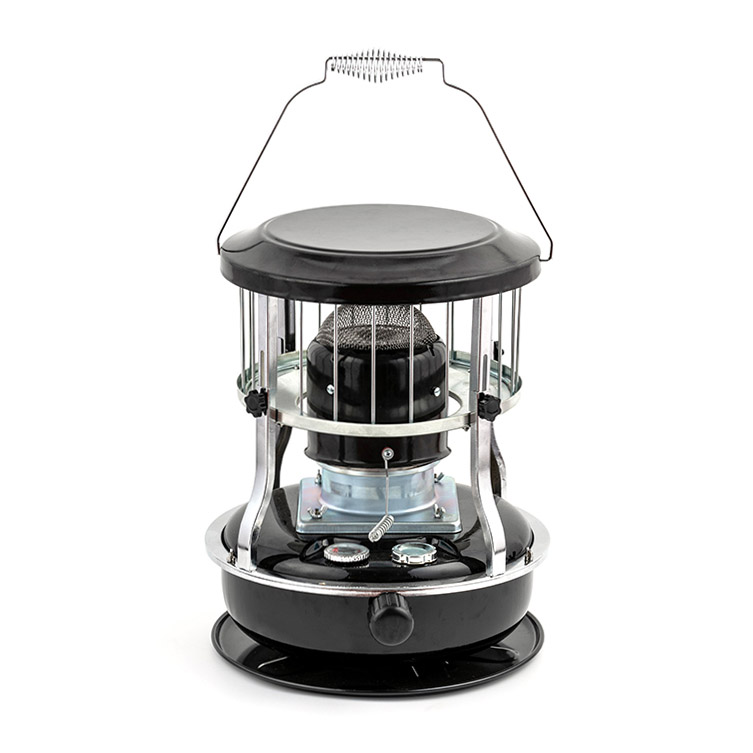When adding kerosene to a kerosene heater, the following steps are generally required. The specific operation may vary depending on the model and brand of the heater, so specific confirmation can be made according to the instructions before adding kerosene.

1. Preparation
Choose the right kerosene: Make sure to choose kerosene suitable for use with a kerosene heater, usually a dedicated kerosene or high-quality kerosene. Avoid using low-quality or mixed kerosene to avoid affecting the performance and safety of the heater.
Prepare tools: Some tools may be needed to open the kerosene filling port of the heater, such as coins, screwdrivers, etc. Make sure these tools are clean and easy to operate.
Check the heater status: Make sure the heater is off and has cooled to a temperature that can be safely operated. At the same time, check whether there are flammable items around the heater and keep a certain safe distance.
2. Add kerosene
Find the filling port: Find the kerosene filling port according to the instructions or logo of the heater.
Open the filling port: Use appropriate tools to open the filling port. Some filling ports may need to be rotated or pried open. Please make sure that the action is gentle to avoid damaging the filling port or the heater.
Add kerosene: Pour kerosene slowly into the filling port. Please note that kerosene heaters usually have a certain capacity limit, so do not add too much kerosene. At the same time, make sure that the kerosene does not overflow or stain the surrounding surfaces.
Close the filling port: After the kerosene filling is completed, close the filling port immediately. If the filling port has an automatic closing function, make sure it works properly. If there is no automatic closing function, use an appropriate tool to gently press the filling port to ensure its sealing.
3. Follow-up inspection
Check for leaks: After adding kerosene, check whether there are signs of kerosene leakage around the heater. If there is a leak, stop using the heater immediately and seek help from a professional.
Ventilation: After adding kerosene, open the window or ventilation equipment to ensure indoor air circulation and reduce the accumulation of kerosene odor and harmful gases.
Test the heater: After confirming that the kerosene is filled correctly and there is no leakage, you can test it according to the instructions for use of the heater. If the kerosene heater can work properly and there is no abnormal sound or smell, then the kerosene filling is complete.





